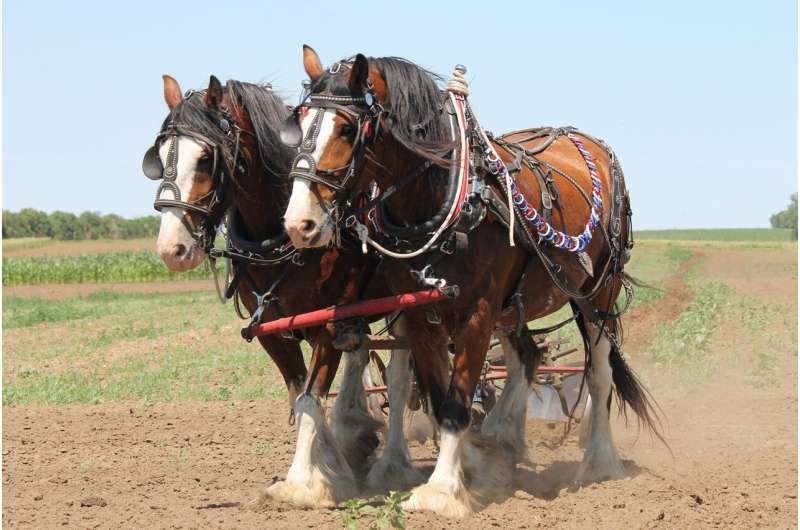Less ploughing enables carbon storage in agricultural soils

The value of long-term studies can be found when you're ready to dig deep. WUR scientists and European partners asked: what happens when organic farmers stop plowing? In a joint effort, we sampled nine field trials across Europe and assessed the impact of reduced tillage versus plowing on soil carbon storage: Humus was always enriched in the soil surface layer in reduced tillage systems, which is essential to protect soils from erosion and helps rain to infiltrate faster.
However, in the old plow layer and below (ca. 15-50 cm), humus stocks decreased at most sites. Summing up, some sites showed an overall gain in humus, some not. On average, the relative C storage increase was 90 kg per ha and year in the depth of 0 to 50 centimeters.
Combining reduced tillage with organic farming practices is thus a tool to care for our soils with a small potential to mitigate but a great
opportunity to adapt to climate change.
The reseach was published in Soil and Tillage Research.
More information: M. Krauss et al, Reduced tillage in organic farming affects soil organic carbon stocks in temperate Europe, Soil and Tillage Research (2021). DOI: 10.1016/j.still.2021.105262
Provided by Wageningen University





















